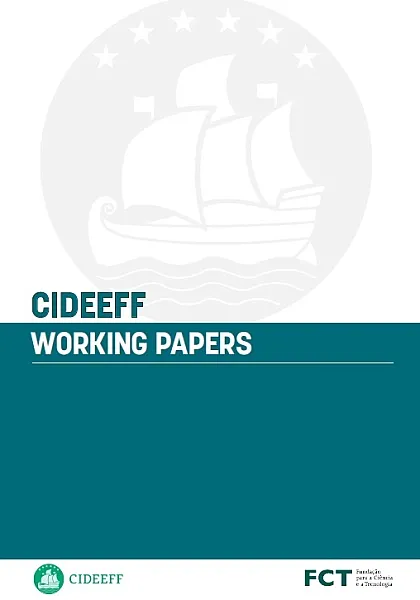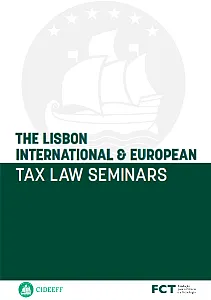Pillar Two and Tax Incentives in Developing Countries as Low-Tax Jurisdictions

The global tax agreement, which has Pillar Two as one of its products, aims to impose a 15% global minimum tax. The few references to developing countries and the heterogeneous reality of jurisdictions classified in this category raise doubts about the possibility of these countries continue to use their tax systems as a way of attracting foreign investment direct. This article discusses how Pillar Two impacts these jurisdictions and the tax incentives they provide. It analyzes how the interaction between the Model Rules and the ordinary forms of tax incentives occurs and evaluates how the current STTR, SBIE and de minimis exclusion rules operate to preserve such incentives. Noting that the current rules do not provide differential treatment for developing countries and do not guarantee that developing countries will be able
to continue to compete by providing incentives, this article suggests both ways of redesigning incentives and modifications to the current rules in order to consider the level of development of each jurisdiction, allowing the attraction of investment.
Recent Publications


